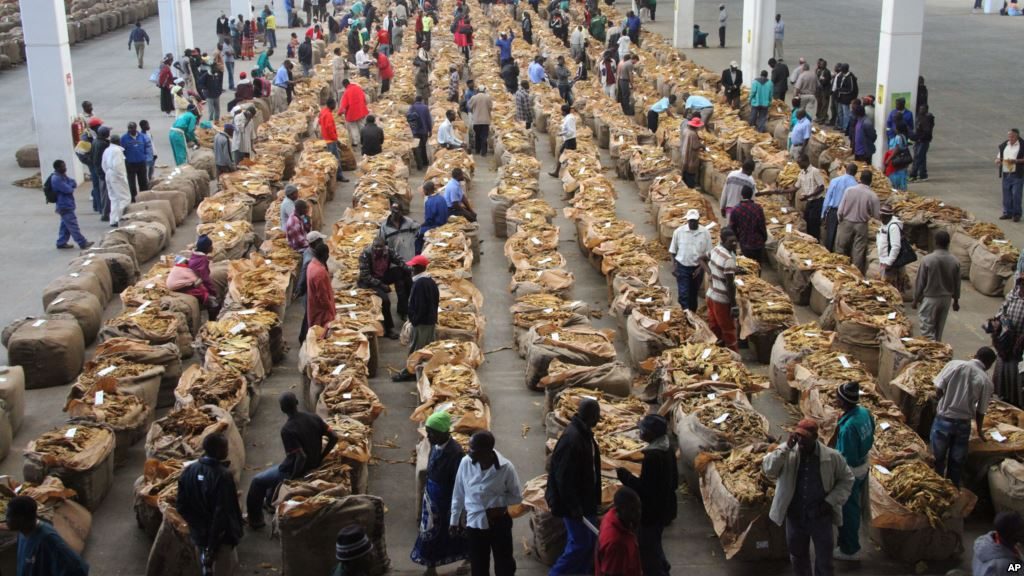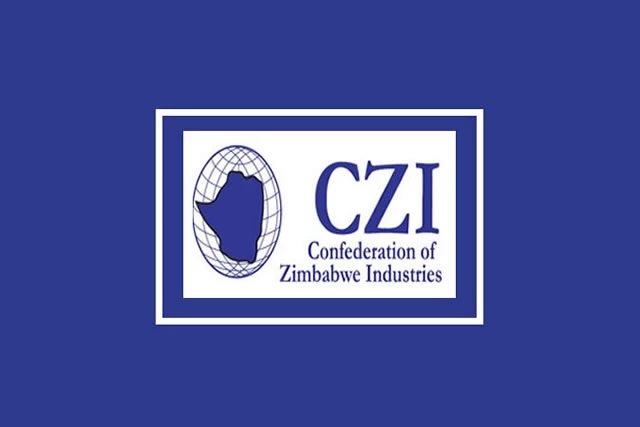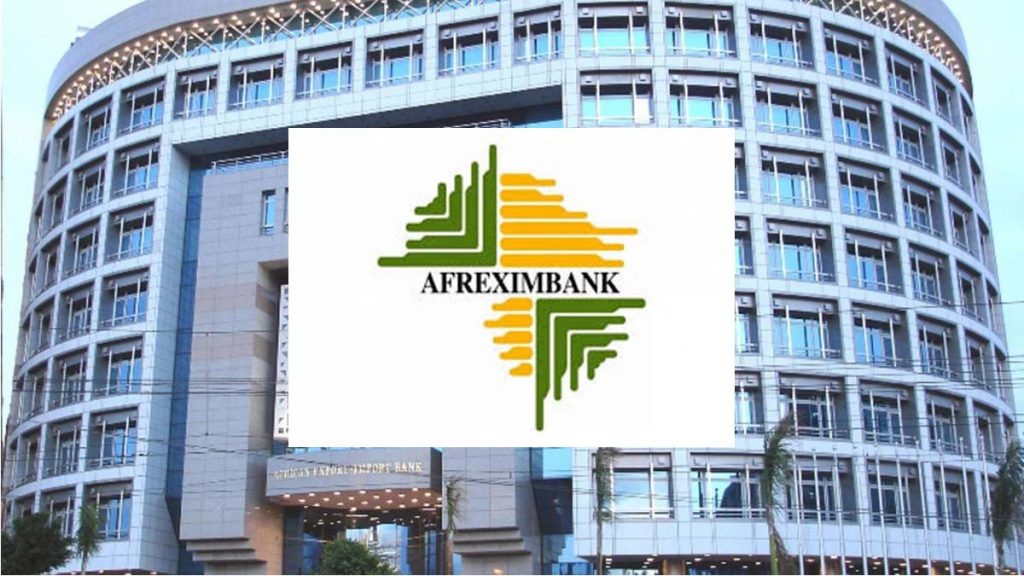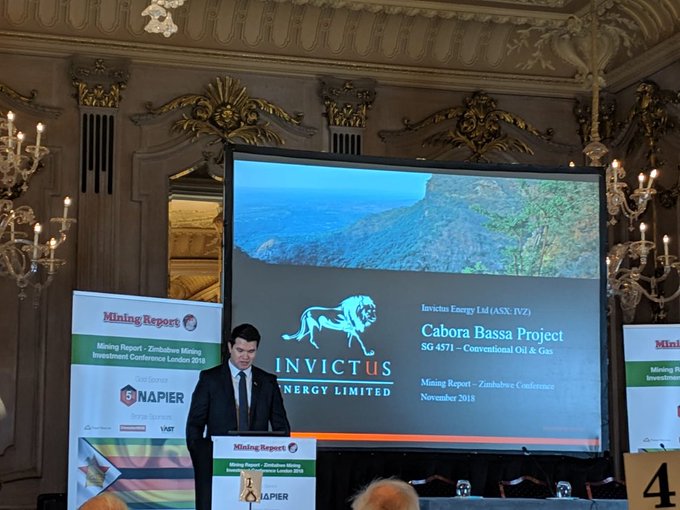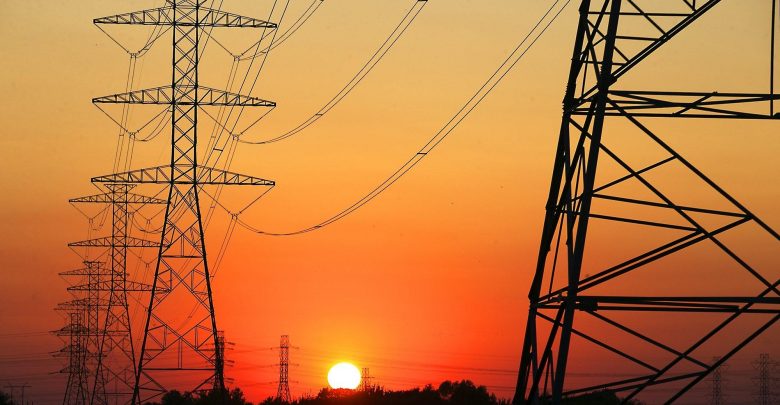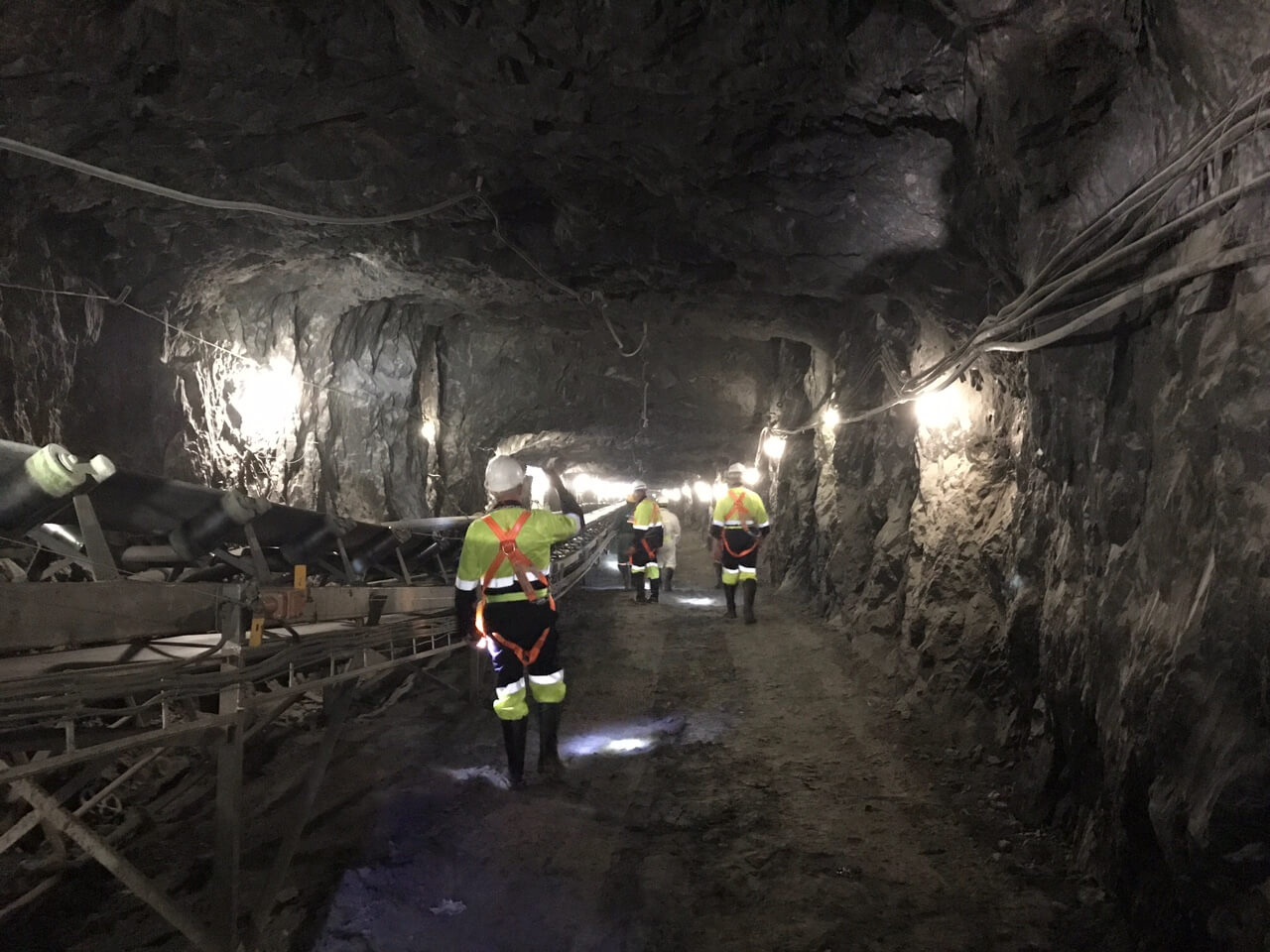Padenga to invest US$30m in capital projects
DIVERSIFIED agriculture and mining group, Padenga Holdings Limited, says it has set a budget of US$30 million for capital expenditure in the 2025 financial year.
According to Padenga, the majority of the budget, 94,9 percent (US$29 million), will be dedicated to Dallaglio Investments, the group’s mining division, which includes Eureka and Pickstone mines, while a lesser allocation of US$1,5 million will be directed towards the Padenga Crocodile Business.
This is part of the group’s strategy to grow gold output as it endeavours to produce 85,000 to 90,000 ounces (2,400-2,551 kg) in the 2025 financial year.
Dallaglio has highlighted that it will allocate US$10 million for sustaining capital expenditures at its mining operations, while US$19 million is earmarked for expansion at both mines, aimed at driving growth and increasing production capacity.
To drive growth and expansion, the company plans to undertake a significant capital development project at the Pickstone underground mine in the 2025 financial year, and a total of US$13 million has been allocated for this project, which will focus on constructing and maintaining underground shafts and haulage equipment.
Additionally, US$6 million will be invested in enhancing operational efficiencies at the Eureka Mine, where various initiatives are underway to optimise performance.
As part of its capital expenditure projects, the company will also embark on an exploration drilling programme aimed at identifying additional ore reserves at the Pickstone Mine.
The programme involves drilling 19,335 meters, with an allocated budget of US$1,6 million. This initiative seeks to confirm sufficient ore reserves to support the short-term mine plan, particularly in advance of the commissioning of the 10 level loading station.
At Eureka 15,105 metres will be drilled from surface platforms to firm up on the underground potential at a budget of US$2,2 million in 2025.
This comes as the Victoria Falls Stock Exchange-listed company recorded a 17 percent surge in gold production to 2638 kg in 2024 from 2263 kg realised in 2023, driven by higher ore feed grade and continued investments at the mine.
Through this, Padenga has solidified its position as the second-largest gold producer in the country, surpassing Caledonia Mining Corporation’s annual production for the second time.
These developments are coming at a time when the country is pushing to achieve 40 tonnes of gold production in 2025.
Zimbabwe’s gold production reached a record 36,48 tonnes in 2024, a 21 percent surge from 30,1 tonnes recorded in 2023, according to Fidelity Gold Refineries, Zimbabwe’s sole buyer of the precious metal.
This output not only exceeded the Government’s target of 35 tonnes annually, but also surpassed the previous record of 35,3 tonnes set in 2022.
Among the prominent primary gold producers in Zimbabwe was Kuvimba Mining House, Caledonia and Dallaglio, all of which demonstrated impressive production levels over the year.
Dallaglio has strategically directed much of its capital expenditure towards its Pickstone Mine, which is in the process of transitioning from an open-pit operation to an underground mining method aimed at boosting production capacity.
“We plan to spend US$30 million on our capital expenditure in 2025, of which US$1,5 million will go to the crocodiles, mainly refurbishment of pens, and Dallaglio will spend US$10 million on sustaining capex.
“US$19 million will go into mine expansion and about US$13 million will go into Pickstone, mainly underground, the remainder will be used to increase our operational efficiencies at Eureka where we are putting mechanisms that makes us more efficient in our operations,” said Padenga Holdings chief finance officer Oliver Kamundimu while presenting 2024 full year performance.
TThis comes as the company has invested a total of US$107 million over the last five years, of which US$49 million went into Eureka refurbishment and upgrades, while US$44 million has been spent on Pickstone underground, and the remaining US$14 million was spent on land upgrades.
In 2024, Padenga made a strategic investment in a pre-leach thickener at the Eureka mine, resulting in substantial improvements, including enhanced gold recoveries and more efficient water management throughout the processing plant.
As well, the introduction of underground mining at Pickstone Mine successfully boosted gold output, effectively complementing its existing open-pit operations.
Going forward, Padenga said it will be investing in strategic investments to maintain the momentum of the 2024 performance.
The company’s plans will prioritise upgrading its mining infrastructure, leveraging advancements in extraction technologies, and optimising operational efficiencies.
A potential surge in gold deliveries could have a positive impact on Zimbabwe’s foreign exchange earnings, a vital factor in maintaining the country’s economic stability and driving growth.
This comes as the government continues to support the mining sector with a favourable regulatory framework, recognising its crucial role in driving economic growth.
It follows a successful 2024, which saw a significant surge in production, building on the momentum created by recent legislative and economic reforms.
“Several factors underpinned this growth and this include continued implementation of supportive policies, favourable prices and enhanced regulatory frameworks and prompt payments for miners.
“Introduction of five percent gold incentives to artisanal and small-scale miners also drove deliveries,” said Zimbabwe Miners Federation (ZMF) chief executive officer, Wellington Takavarasha.
However, despite this optimism, challenges persist, particularly with regard to escalating production costs.
Energy expenditures, in particular, are a major concern for miners, who will need to navigate these rising costs to maintain profitability.
Looking ahead, the mining sector is poised for continued growth, with projections indicating a 7 percent increase in 2025, driven by ongoing expansion projects and new investments.
Nevertheless, the government will need to strike a balance between supporting the sector’s growth and addressing the pressing issues of rising production costs and energy expenditures.
A recent survey conducted by the Chamber of Mines of Zimbabwe late last year highlighted that miners are paying an average of USc14,21 per kilowatt-hour, with peak tariffs reaching approximately USc19 per kilowatt-hour.
-ebsinessweekl


